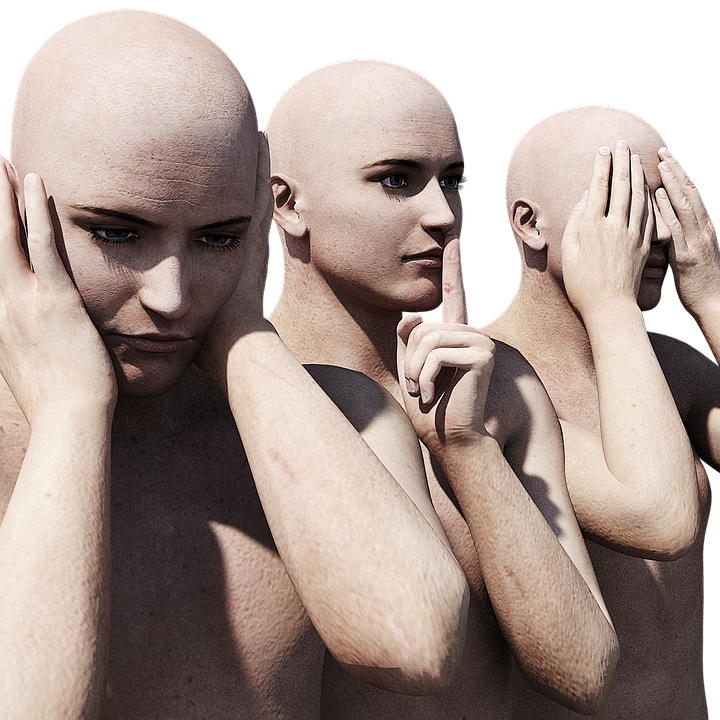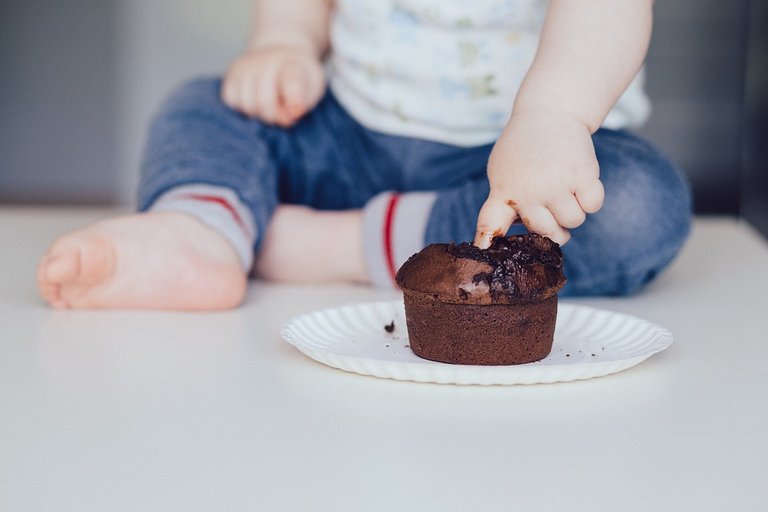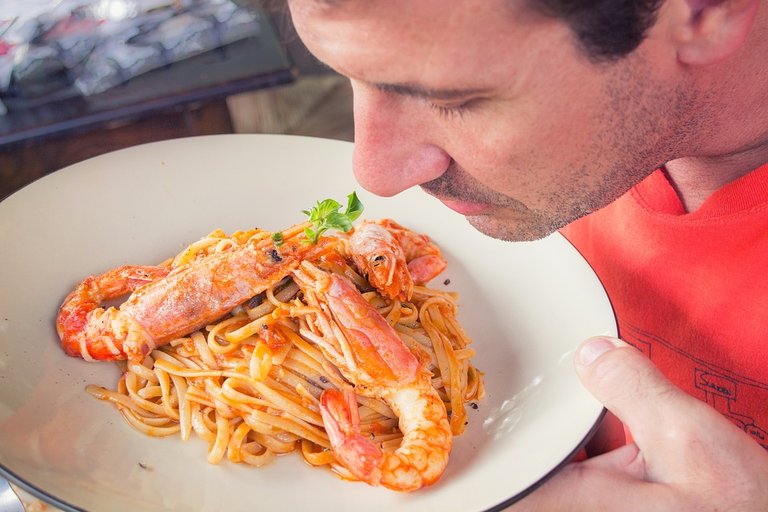
Cuando miramos al pasado y este nos trae buenos recuerdo nos reconfortan y nos hace ser agradecidos vale la pena atesóralo en una parte de nuestra mente llamada memoria y el futuro cuando nos llena de expectativas emoción y esperanza vale la pena guardarlo en otra parte importante de nosotros que llamamos imaginación. La memoria y la imaginación son fundamentales es nuestra vida y muchas veces la enriquecen. Sin embargo, para los que sufrimos de ansiedad, trastorno obsesivo compulsivo, estrés o depresión, alguna de esas patologías de nuestra mente u otras, son un arma a favor de las emociones negativas. Por eso algo fundamental que es importante que nunca olvidemos es que el pasado ya ha muerto y el futuro no ha nacido por lo tanto lo que existe en realidad es el presente que es donde nos ubicamos en este momento.
Es cierto que no ignoramos el pasado porque de hecho somos lo que somos moldeados por como no fue en el pasado y una esperanza en un futuro mejor nos sostiene y nos ayuda a seguir luchando. Pero no me refiero a los matices positivos de ambas realidades. Mas bien estoy hablando del pasado que nos atormenta o el futuro que nos aterra. Eso es lo que debemos ver con la debida perspectiva: no importa cuanto suframos o estemos tristes no podemos cambiar lo que ya paso y no importa cuanto nos develemos pensando en lo que pudiera pasar en realidad no sabemos si eso que tememos ocurra algún día o si será tan grave como lo imaginamos. En este caso el pasado y futuro podría impedirnos que vivamos a plenitud el presente y el ahora que es el que existe en realidad y podemos palpar oler saborear escuchar y ver.
Hablando de estos sentidos con los que percibimos el mundo real quero hablarles de una técnica que aprendí hace unos años para reconectar con el presente, es decir ubicarme en la realidad y dejarme vencer por exceso de pasado o futuro. La técnica se llama grounding que traducido es algo como poner los pues sobre la tierra o aterrizar. Así como lo leen, es que cuando nos invade algún ataque de pánico por algo que no esta bajo nuestro control lo mejor es poner los pies sobre la tierra y no volar en nuestra memoria o nuestra imaginación.
Por poner un ejemplo: Estoy observando que ya casi es fin de mes no me ha ido como me gustaría en el trabajo y debo pagar la hipoteca de la casa. Un error muy común es pensar excesivamente en el futuro. Pensar algo como: si ni pago la hipoteca y pierdo la casa ¿qué voy a hacer? ¿Dónde vivirán mis hijos? Seguro tendremos que aceptar caridad, es probable que será un trauma para ellos es posible que me divorcie y que pensaran mis conocidos de lo que me paso. Fíjense de que ninguna de las cosas que estoy pensando son reales nada de eso ha ocurrido todavía y aunque es eso es posible que me afecte hasta el punto que no duerma y sufra un bloqueo mental. Ahí estoy mal y debo aterrizar. La realidad es lo que puedo hacer hoy para que al final de mes tenga el dinero de la hipoteca. Podría ser mejorar mi trabajo hacer algún trabajo extra vender algún artefacto que no use o limitar algún gasto que no sea prioritario. Por supuesto es más fácil decirlo que hacerlo y si sufrimos algún trastorno el asunto es mas serio. Así que para esto es excelente la técnica de grounding.
When we look at the past and it brings us good memories that comfort us and make us grateful, it is worth storing it in a part of our mind called memory, and the future when it fills us with expectations, excitement and hope, it is worth storing it in another important part of us that we call imagination. Memory and imagination are fundamental in our life and often enrich it. However, for those of us who suffer from anxiety, obsessive compulsive disorder, stress or depression, any of these pathologies of our mind or others, are a weapon in favor of negative emotions. That is why something fundamental that is important that we never forget is that the past has already died and the future has not been born, therefore what really exists is the present, which is where we are at this moment.
It is true that we do not ignore the past because in fact we are what we are shaped by how it was not in the past and a hope in a better future sustains us and helps us to keep fighting. But I am not referring to the positive nuances of both realities. Rather I am talking about the past that haunts us or the future that terrifies us. That is what we must see with the proper perspective: no matter how much we suffer or how sad we are, we cannot change what has already happened and no matter how much we revel in thinking about what might happen, we do not really know if what we fear will happen someday or if it will be as serious as we imagine it to be. In this case, the past and the future could prevent us from living the present and the now to the fullest, which is what really exists and we can feel, smell, taste, hear and see.
Speaking of these senses with which we perceive the real world, I want to talk about a technique I learned a few years ago to reconnect with the present, that is to say, to place myself in reality and let myself be overcome by excess of past or future. The technique is called grounding, which translates as putting my feet on the ground. Just as you read it, when a panic attack invades us because of something that is not under our control, the best thing to do is to put our feet on the ground and not fly in our memory or our imagination.
To give an example: I am observing that it is almost the end of the month, I have not been doing as well as I would like at work and I have to pay the mortgage on the house. A very common mistake is to think excessively about the future. Thinking something like: if I don't pay the mortgage and lose the house, what am I going to do? Where will my children live? Surely we will have to accept charity, it is probable that it will be a trauma for them, it is possible that I will get divorced and what my acquaintances will think of what happened to me. Notice that none of the things I am thinking are real, none of that has happened yet and even if it is, it is possible that it will affect me to the point that I won't sleep and I will suffer a mental block. That's where I'm wrong and I need to ground myself. The reality is what I can do today so that at the end of the month I have the money for the mortgage. It could be improving my job, doing some extra work, selling a gadget I don't use, or limiting some non-priority expense. Of course it is easier said than done and if we suffer some disorder the matter is more serious. So for this the grounding technique is excellent.

La técnica que he practicado (5,4,3,2,1) consiste en buscar un lugar tranquilo respirar mientras hacemos varias actividades. Em primer lugar pensar en cinco cosas que podamos ver: sus olores formas diseños. Esta cinco serian nuestra realidad.
The technique I have practiced (5,4,3,2,1) consists of finding a quiet place to breathe while doing various activities. First think of five things that we can see: their smells, shapes, designs. These five would be our reality.

Al cabo de unos segundos observando pensemos en cuatro cosas que podamos tocar. Sentir su textura su temperatura si es liso rugoso frio pesado o blando.
After a few seconds observing think of four things that we can touch. Feel its texture its temperature if it is smooth rough cold heavy or soft.

Seguidamente pensar en tres sonidos que podamos oír bien sea algún ave a lo lejos algún ruido blanco el ventilador o la brisa. Lo que en el momento active nuestro sentido del oído.
Then think of three sounds that we can hear either a bird in the distance or a white noise, the fan or the breeze. Whatever activates our sense of hearing at the moment.

El siguiente paso es buscar dos olores particulares de nuestro entorno que podría ser un perfume la madera o algún te que estemos tomando.
The next step is to look for two particular smells of our environment that could be a perfume, wood or some tea that we are drinking.

El ultimo paso es buscar algo que saborear que puede ser el mismo te una galleta o algún otro alimento. Eso si hay que concentrarse en su sabor y apreciar sus propiedades. Así finaliza el ejercicio.
The last step is to look for something to taste which could be the same tea, a cookie or some other food. We must concentrate on its taste and appreciate its properties. This is the end of the exercise.

Fíjense que es 5,4,3,2,1 porque de mayor a menor nos conectáremos con cosas de nuestro entorno. Les invito a probar esa técnica ya que a mi me ha funcionado bastante. No es una técnica milagrosa para solucionar las cosas que nos preocupan, pero es excelente para colocarnos en perspectiva ver cuál es nuestra realidad del ahora, calmarnos y ver que hacemos en ese día para superar los obstáculos. En el caso que nos abrume el pasado nos veremos en nuestra realidad a salvo y tranquilos en un lugar seguro.
Con esto me despido amigos espero les guste lo que escribí hoy y les sea útil de mas esta decir que hay que consultar con un profesional de la salud si algún trastorno impide que nos desempeñemos con normalidad o limita nuestro día a día. Espero que estén bien y se me cuidan.
Notice that it is 5,4,3,2,1 because from higher to lower we will connect with things in our environment. I invite you to try this technique because it has worked for me. It is not a miraculous technique to solve the things that worry us, but it is excellent to put ourselves in perspective to see what our reality is now, calm down and see what we do that day to overcome the obstacles. In case we are overwhelmed by the past we will see ourselves in our reality safe and calm in a safe place.
With this I say goodbye friends I hope you like what I wrote today and it is useful to say that we must consult with a health professional if any disorder prevents us to perform normally or limits our day to day. I hope you are well and take care of me.

At times we humans we let the worry of how will the future looks or takes shape really disturb us that we even forget to face the present. Not knowing when we face with present with positivity, we will have a positive future
You are quite right. We need to stop worrying so much but rather get busy and act. Thank you for your comment
¡Qué buena técnica!
Una de las cosas con las que uno lucha en esos momentos de ansiedad es de verdad creer que es verdad el resultado que estamos alcanzando. Nuestra misma mente a veces nos sabotea, y quiere echar a perder lo que con un esfuerzo mental hemos ejecutado. Sin embargo, al hacerlo de forma regular y seguir con tesón y autocontrol, podemos sacar provecho a éste tipo de herramientas. 💡
Un abrazo @juberth1983 🍰
De acuerdo completamente nuestra mente es gran aliada pero también puede ser saboteadora por eso debemos detecta e eliminar los pensamientos pesimistas o negativos. Gracias por leer mi post y comentan un abrazo para ustedes también. Exito
Hola @juberth1983. Cómo siempre excelente artículo. Es cierto que el pasado que nos entristece puede hacer que no vivamos el presente y nos impide ser felices si nos anclamos a él 🤔.
Esta técnica de "aterrizar" es nueva para mí, me parece interesante, si es para que nos centremos en la vivencia del momento sin sentir tanta ansiedad por el futuro. Gracias por compartirla.
Saludos a tu familia. 🤗👍👏👏